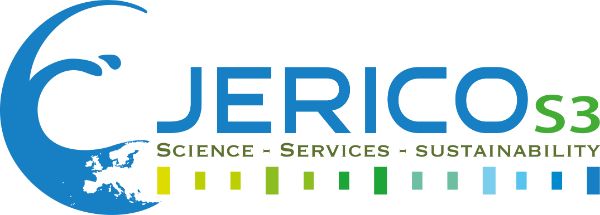€10m EU-funded JERICO-NEXT research project deepens understanding of Europe's coastal waters
- November 30, 2020
- Posted by: Elaine Coles
- Category: Environmental, Research Papers, Technology & Innovation, Europe

EU-funded research is helping to deepen our understanding of the interlinking factors impacting Europe’s coastal waters.
The EU-funded JERICO-NEXT project set out to build on the earlier network of European coastal observatories developed under the JERICO project. Its aim was to harmonise and combine information collected from across Europe to create a more comprehensive and complete picture of the status of Europe’s coastal waters.
The project team was also interested in researching the various factors which may impact the environmental health of oceans in the future.
Project coordinator Patrick Farcy of the French Institute of Research for the Exploitation of the Sea (IFREMER) commented:
‘The coastal waters are affected both by what is going on in the wider ocean and by activities on land in coastal areas.’
‘The complexity of the coastal ocean cannot be well understood if the interconnection between physics, biology and ecology is not taken into account. Such an integration required new technological developments allowing for the continuous monitoring of a larger set of parameters,’ he explains.
Europe-wide resource via open-access data
As part of JERICO-NEXT, local information nodes were developed all over Europe and a range of novel sensors was made more generally available to provide further details on each region as well as on the interplay between regions.
‘Each region experiences different challenges. We do not face the same issues in the Scandinavian Sea as in the Mediterranean, for example. Factors such as temperature, salinity and CO2 concentration vary considerably,’ Farcy said.
The project network adopted the use of more accurate sensors along with new methods of measuring carbon flows, the aim being to identify and measure the presence and distribution in ocean currents of micro-algae, pesticides or other pollutants, like sweeteners and antibiotics, in European coastal waters.
The cooperation between coastal observatories in Europe is now contributing to the coastal part of the European Global Ocean Observing System (EuroGOOS) and the data collected is feeding into the EU’s ambitious Marine Strategy Framework Directive.
The overall goal is to contribute to developing a marine protection policy for European waters that is clear and scientifically well informed.
According to Farcy:
‘It is also important to have access to the best and most precise information on coastal conditions so that we can inform the public as quickly as possible of potential issues, such as toxic algae blooms, contamination of certain seafood sources, and so on.’
The JERICO-NEXT website provides a wealth of free and open-access data on a wide range of factors affecting coastal waters Europe-wide, including coastal carbon fluxes; chemical contaminants and biological responses; pelagic biodiversity – phytoplankton, eutrophication; macro-benthic biodiversity; coastal forecasting; hydrography and transport.
Click here to access the website
